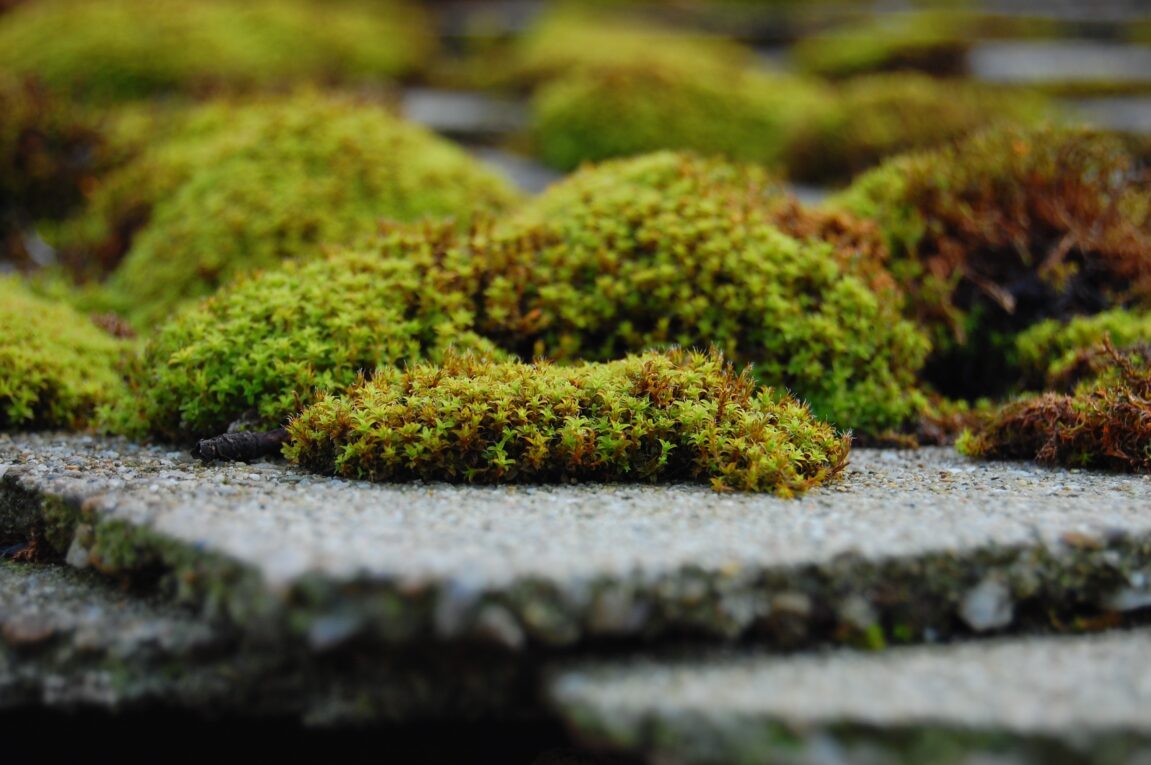Scientists at EPFL have conducted a study to examine the underlying mechanisms of peatlands. Peatlands are significant carbon sinks and play a vital role in sequestering carbon dioxide. However, with the effects of global warming, there have been changes in peatland vegetation, affecting their ability to store carbon. The research, led by Alexandre Buttler, an EPFL professor emeritus, aimed to understand the processes at play in these unique ecosystems and the potential consequences for climate change.
Peatlands form in wet climates with relatively cool temperatures. In Switzerland, peatlands can be found at higher altitudes in the Jura and Alpine foothills. The peat itself is created from the build-up of decaying plants, slowed by the oxygen-poor soil and waterlogging in these areas. Peatland vegetation consists primarily of Sphagnum mosses. These mosses create a unique soil composition that affects the physical and chemical properties of the peatland.
Recent observations have shown changes in peatland vegetation due to global warming, with ericoid shrubs encroaching on Sphagnum mosses. To understand these changes, Buttler and his research group conducted a study between 2012 and 2014 in peatlands in France, Poland, and Western Siberia. They manipulated the water table level and air temperature in these regions to see how plants reacted and determined that a vascular plant called Andromeda polifolia, an ericoid shrub, was best able to adapt in dry environments.
Based on this finding, the researchers took measurements in each of the three regions and found that the presence of Andromeda polifolia led to significant alterations in soil biology and geochemistry. The shrub disrupts the delicate balance of microorganisms in peatlands, causing more dissolved organic nitrogen to be stored underground. Additionally, the presence of the shrub allows nematodes and fungi to flourish, drawing organic nitrogen from the soil and supplying it as a nutrient to the shrub’s roots.
This competition between the shrub and Sphagnum moss affects the soil chemistry and microbiome. The soil loses enzymes responsible for decomposing organic matter, resulting in more peat build-up and potentially less carbon release. However, further research is needed to fully understand the impact of ericoid shrub encroachment on carbon sequestration.
Buttler’s study provides crucial insights into the functioning of peatlands, combining short-term experiments with long-term observations. Understanding these processes will be essential for predicting and addressing the challenges posed by climate change. While the study raises some intriguing possibilities, there are still many factors to consider. Variations in nitrogen and CO2 concentrations in the air, as well as the role of fungi, need to be further explored to draw definitive conclusions.
*Note:
- Source: Coherent Market Insights, Public sources, Desk research
- We have leveraged AI tools to mine information and compile it

